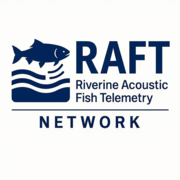Invasive Carp
Invasive Carp Control

Carbon dioxide (CO2) is being evaluated as a chemical control for invasive carps. Recent work involves investigations on the effectiveness of CO2 as a tool to limit range expansion by blocking upstream migrations (behavioral deterrent) and manage existing populations (lethal control).
Invasive Carp Control

Scientists at the U.S. Geological Survey Upper Midwest Environmental Sciences Center and the U.S. Army Engineer Research and Development Center Environmental Lab worked with state and federal partners to design, construct, and install an experimental underwater Acoustic Deterrent System (uADS) at Lock 19 (Keokuk, Iowa) located on the Upper Mississippi River.













